Roomali rotis disappearing from the city’s menus got us curious. Sunday mid-day went tossing and spinning to build a case to #bringbackroomali
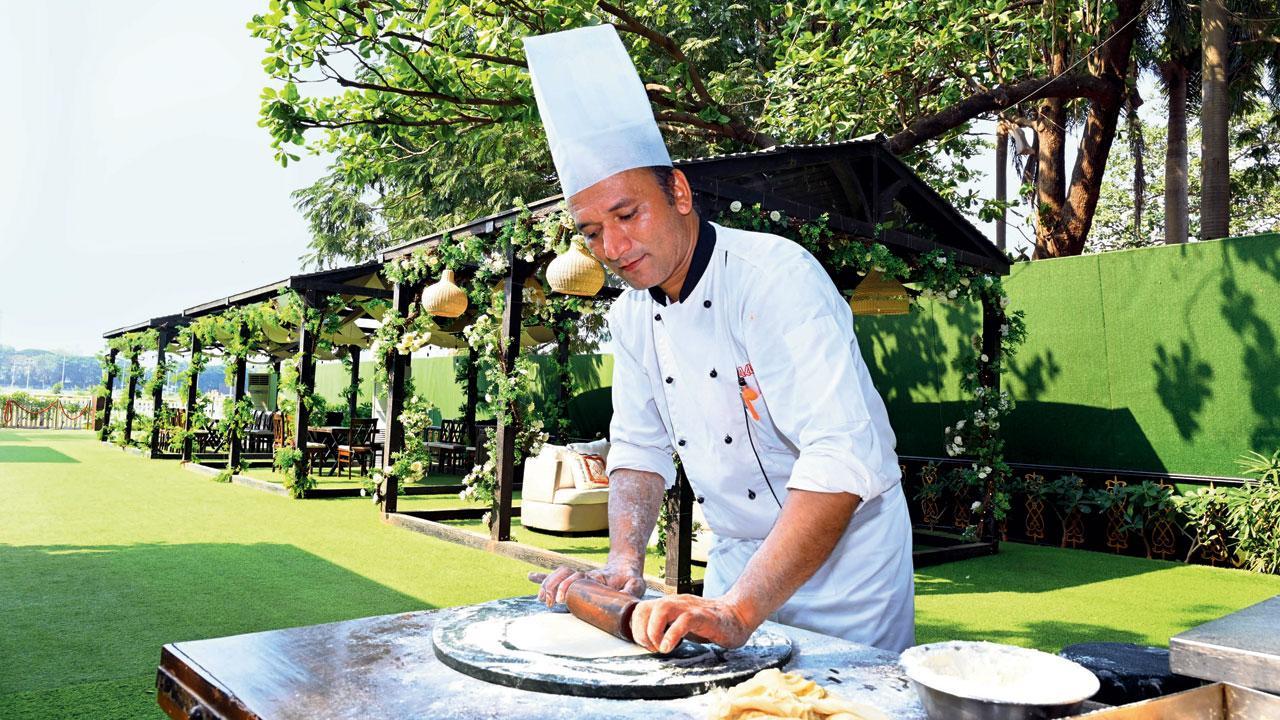
Rajendra Singh Doriyal is a master at the craft of making the perfect, soft, roomali rotis. He credits the dough for the making of it. Pics/Anurag Ahire
From the tiny village called Tungana in Tehri Gharwal, learning the art of tandoor in small kitchens, Rajendra Singh Doriyal has mastered the twist of wrist needed to make the gossamer-thin roomali roti. One needs fine motor skills to spin the diaphanous flatbread in air until it stretches into the required shape, thinness and texture, before being folded like a handkerchief (hence roomal).
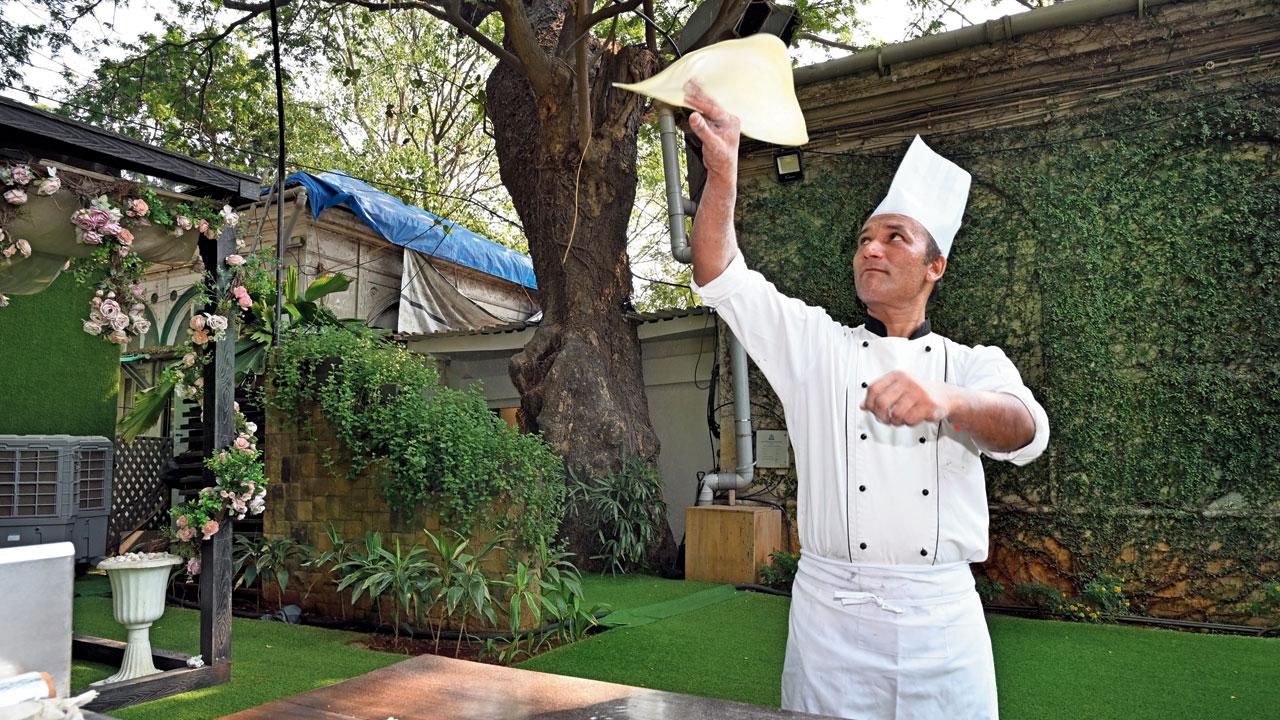
ADVERTISEMENT
And yet, Doriyal, who joined the kitchens of Gallops at Mahalaxmi Race Course more than 20 years ago, credits the dough for the potential to become a perfect roomali roti. “The dough ball has to be kneaded well for high elasticity and shaped into perfectly smooth, round balls—one slight dent and you will never get the shape. First, mould it with your palm, roll it with just the right pressure and toss it in the air until it starts spreading outwards by itself,” he demonstrates as we watch in awe.

Chef-restaurateur Yajush Malik tells us that there are various claims to roomali’s origin, but it is widely believed to have been brought to India by the Mughals. “Another school of thought is that it originated in India, and when the Mughals brought their kebabs to the country, a perfect symphony was born,” says Malik. Some argue that roomali rotis could only have been brought in by the Mughals because they brought maida to India—we didn’t consume it before that. The nawabs gave it their patronage in their time, and with their decline, their khansamas (royal chefs) made it available to the masses by creating it in restaurants with their own iterations, where it has been a staple with kebabs and curries.
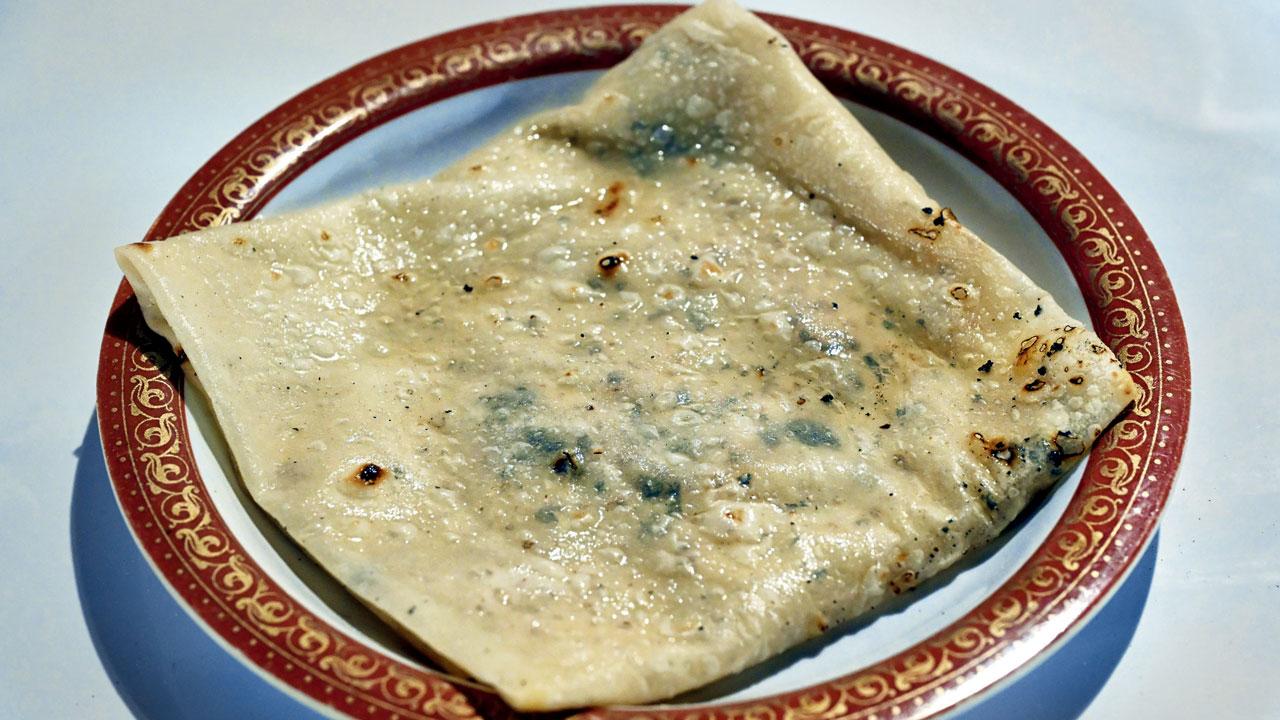
Some guests at weddings skip the gravies and prefer to only have roomali roti and ghee says Hasan Mansuri of Jaffer Bhai’s Delhi Darbar Catering division
An X (formerly Twitter) user, S. Harikrishnan, a journalist, drew attention to the gradual disappearance of the roomali roti from menus, calling it a crisis. It ended up stirring the pot on the micro-blogging site with many immediately acknowledging the problem at hand and most (especially from Kolkata, Delhi, Mumbai and Bengaluru) dismissing it outright.
Malik points out that translucent roti is exiting the city’s catering menus because it requires a dedicated staff to make it, often leading to long buffet queues. “It’s different when you are sitting down at a restaurant and savouring a meal—you have more time at hand, and the roti can be served hot and fresh. When catering to a larger audience, one needs to churn the rotis in quick succession, and that’s not always feasible,” he adds.
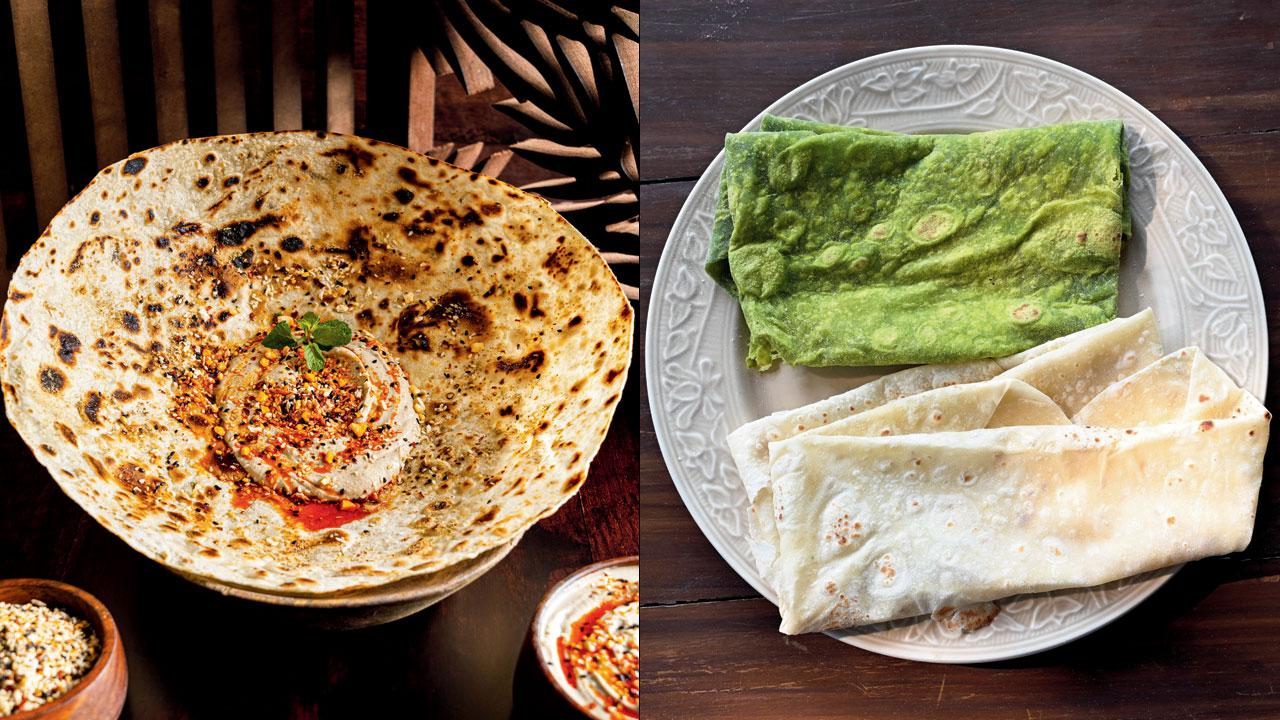
The kadak roomali roti with chana dip is a signature dish at Copper Chimney (right) Palak Roomali
Aditya Hegde, founder of Gymkhana 91 and RhinoRolls, who also leads catering at Willingdon Catholic Gymkhana, Garware Clubhouse and Chembur Gymkhana, agrees with Malik. “Staffing and space is a real challenge,” he says. “You need one person stationed at a dedicated counter, and it has to be fast-moving—it doesn’t make commercial sense. Around 20 years ago, tandoor chef salaries were at Rs 2,000 to Rs 3,000; it’s more than 10 times that rate now, and profit margins haven’t grown at that rate. Making roomali roti is an art that not everyone can master. It has to be perfect, and we’d rather not have it on the menu than serve mediocre food.”
One of the other—somewhat controversial—reasons for the vanishing roti is that the original recipe calls for adding eggs, banana and milk to the dough. “Bananas and milk make it soft, whereas eggs give it elasticity. The vegetarian option that we adopt across our tandoori rotis is to use high-quality glutinous flour—then you don’t need eggs,” says Malik.
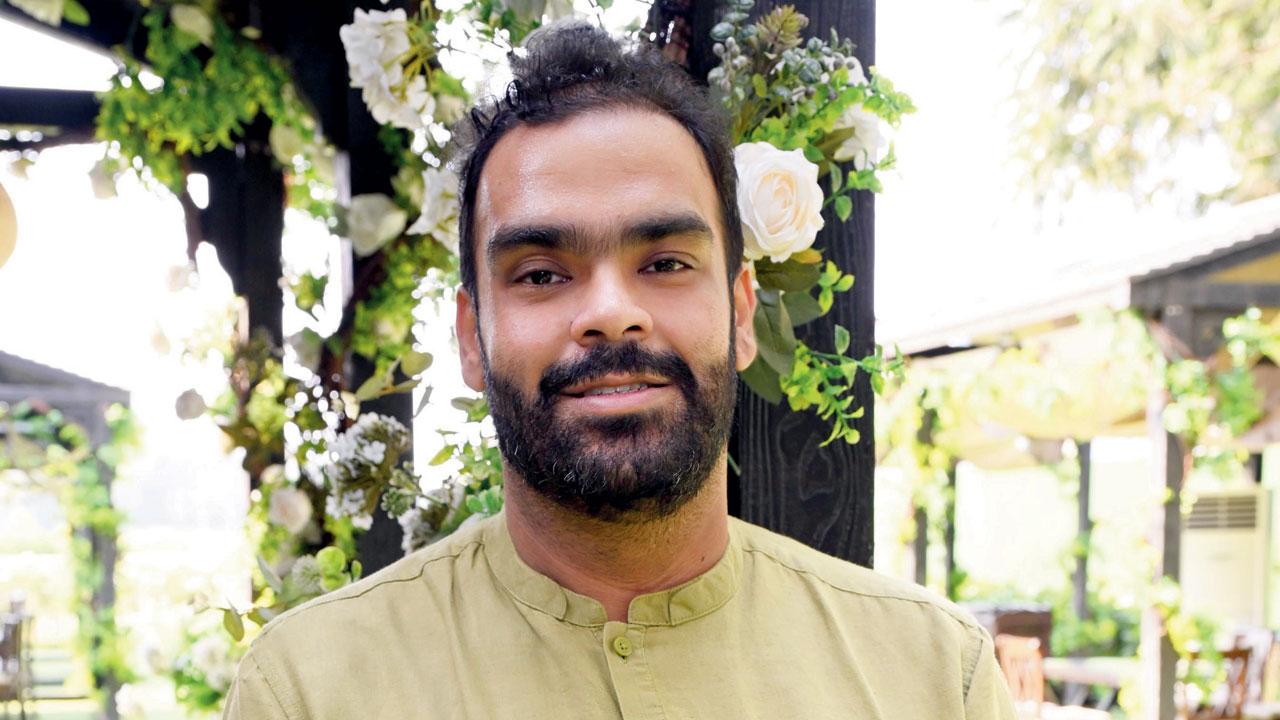
Yajush Malik
Jaffer Bhai’s catering division is one of the few caterers left in the city that still offer roomali rotis at events. Hassan Mansuri, son of legendary Jaffer Mansuri of Jaffer Bhai’s Delhi Darbar fame, feels that spinning roomalis at weddings in the air adds drama that many patrons prefer. “It gives guests something to look forward to,” he says. “Most health-conscious guests these days just have roomali roti with ghee for dinner instead of the elaborate fare—it’s filling.”
Malik lists out the innovations in roomali over the years. From flavouring it with ingredients such as spinach and tomato, which add vibrant colours, to changing the texture by crisping it—chefs have been experimenting with it all. Mansuri tells us that at private events, they have also made almond flour roomalis on request for those on a gluten-and grain-free diet. “One has to move ahead with the times,” Mansuri says, “and as people are getting more and more conscious of what they eat, we as caterers have to ensure that it is offered to them at their special events. Food at catering events is also a dipstick for food trends.”
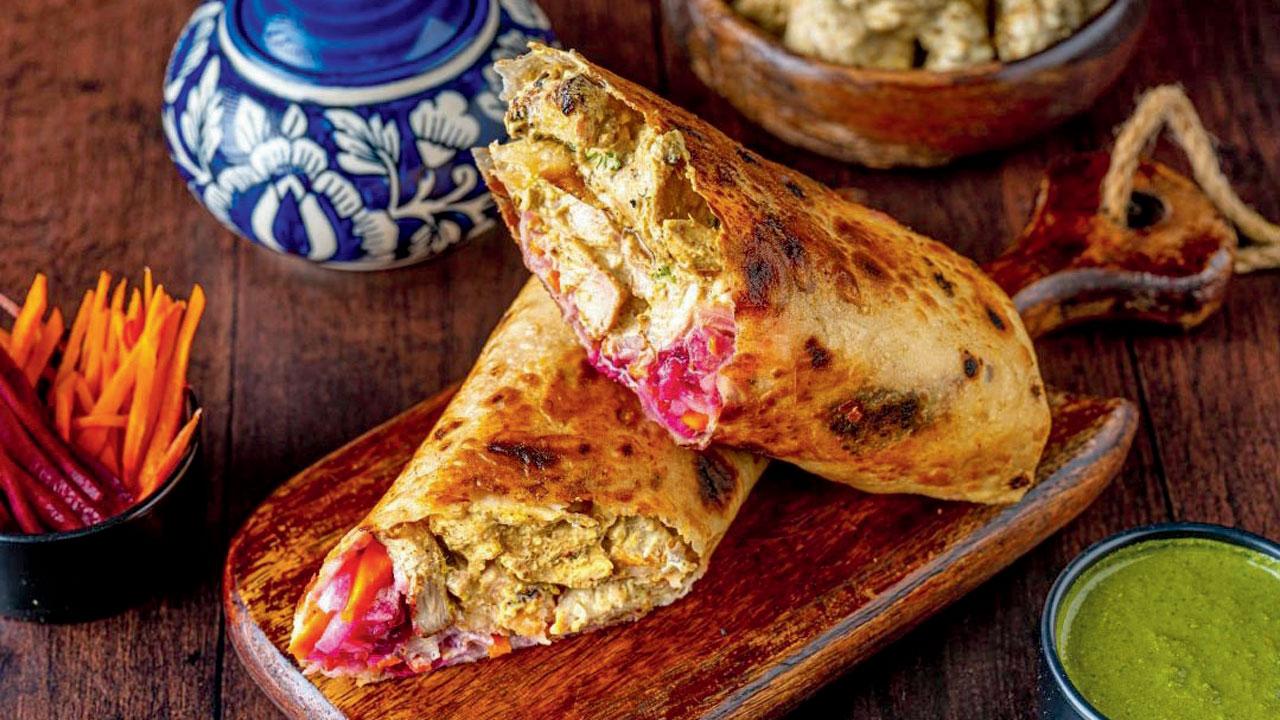
It is said that Copper Chimney’s founder, J K Kapur, loved his rotis crisp and asked for soft paper, thin roomali roti to be crisped to his liking, giving birth to what the city calls the kadak roomali roti that resembles a crispy basket or masala papad and is now served with a chana dip. Over the years, the other variation at their restaurant have been roomali chilli butter masala. The chefs—ustaads as the chain calls them—are trained in making roomalis by senior ustaads.
On a roll
Aditya Hegde uses roomali for rolls at Rhino Rolls. These are different in taste and texture than the rotis of the signature kathi rolls of Kolkata which are thicker. “It works as a perfect combo and doesn’t get chewy in delivery either. We did try the gluten-free flour option, but that didn’t work for us because it does get hard, and you can’t make it in advance and keep it. The rice variants sucked way too much oil, making us rethink those options. While the wheat variant exists, someone ordering for the roll isn’t overthinking about health options,” he adds.
 Subscribe today by clicking the link and stay updated with the latest news!" Click here!
Subscribe today by clicking the link and stay updated with the latest news!" Click here!








